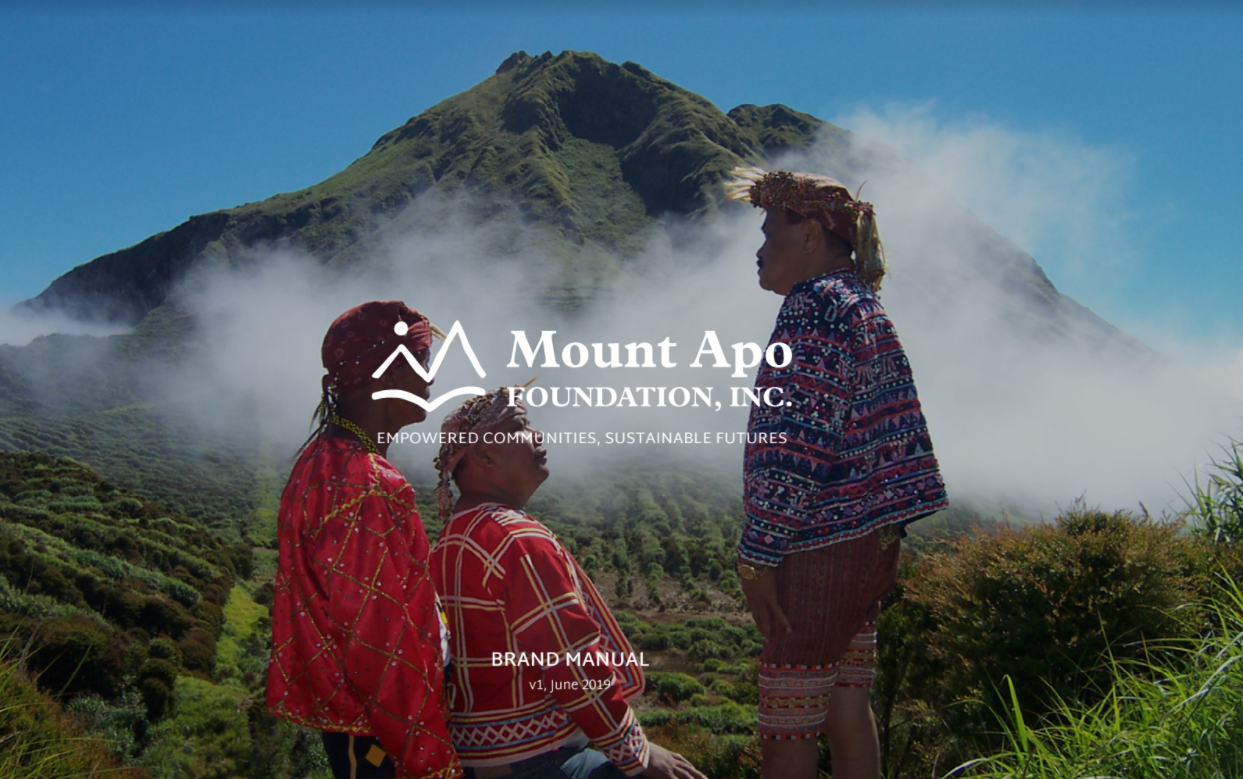



Midway in 2018 saw the need for MAFI to go into a process of introspection. Starting with program evaluation that served as a springboard to the next process, MAFI underwent a serious review of its “reason for being”, its objectives, mandate, vision, and mission, which eventually led to the crafting of its Five-Year Strategic Plan (2018-2022). Adopting a participatory process, Ms. Virgie Ongkiko of the Philippine Business for Social Progress facilitated the series of workshops among MAFI’s Board of Trustees, staff, alumni-scholars, CTCCDI, selected partners, and stakeholders.
The activity re-examined MAFI’s basic objectives which were crafted more than two decades ago, and related the same to the present times in order to recapture and redefine renewed commitment to its stakeholders.
Strategic Plan Components and Features
Changes made include reformulation of its vision and mission statements to articulate clearly its focus, priority, and mandate. Its Strategic Plan, which will guide the foundation for efficient management and effective operationalization of its programs, centers on three (3) strategic components, namely: 1) Program Strategy; 2) Stakeholders Engagement Strategy; and, 3) Resource Mobilization Strategy. The adoption of these strategies, through properly placed programs and projects, is viewed to contribute to the overall goal of more tangible program outcomes and impacts for IP communities and MAFI’s area of responsibility (AOR). In particular, the strategy on resource mobilization will guide MAFI to do extensive fund-raising and resource mobilization campaigns as it faces the challenge of financial sustainability.
MAFI’s Five-Year Strategic Plan also emphasizes the need to strengthen organization governance and business process. It calls for review and modification of its business processes, policies, and systems to address organizational efficiency and to be responsive to its current realities.
Following its strategic direction in the next five years, MAFI would require teamwork, coordination, and stronger partnerships among its Board, management and staff, alumni, partners, and other stakeholders. This is necessary to enable it to take gradual strides towards achieving its vision in the future.

